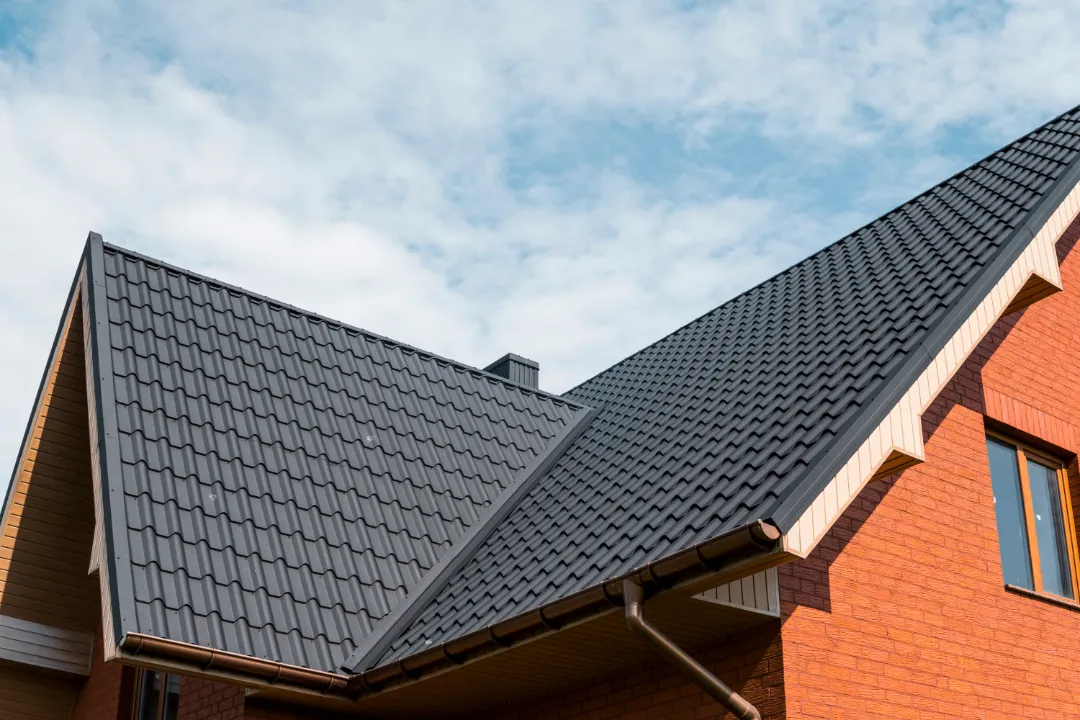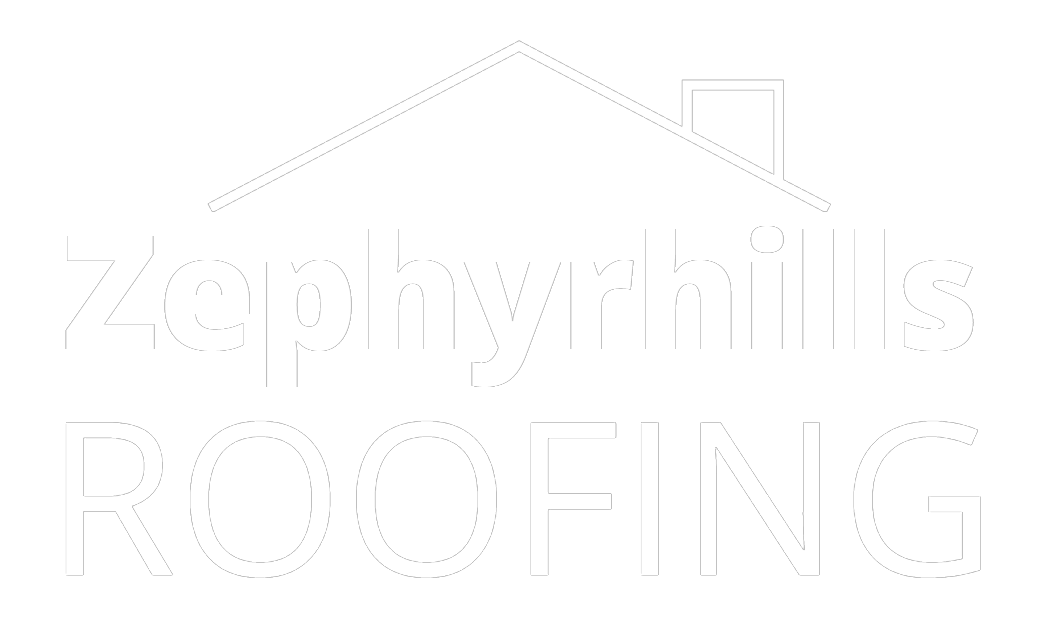ZEPHYRHILLS ROOFING BLOG
Take A Deep Dive Into Our Roofing Topics

Green Roofs: Eco-Friendly Solutions for a Sustainable Home
As we stand atop the metaphorical rooftop of sustainable living, we find ourselves contemplating the countless ways we can make our homes more environmentally friendly. Green roofs, with their lush vegetation and vibrant foliage, offer a compelling solution to this ever-growing concern. But what exactly are green roofs and how do they contribute to a sustainable lifestyle? In this discussion, we will explore the benefits of green roofs, the various types of green roof systems available, the importance of choosing the right plants, as well as the installation and maintenance processes. Along the way, we will also delve into inspiring case studies of successful green roof projects that have transformed homes into eco-friendly havens. So, come with us on this journey as we uncover the secrets of green roofs and discover how they can revolutionize the way we live.
The Benefits of Green Roofs
Green roofs offer a multitude of benefits that not only benefit the environment but also enhance the quality of life for residents. One of the key advantages of green roofs is their cost effectiveness. By installing a green roof, homeowners can significantly reduce their energy bills. The vegetation on the roof acts as a natural insulator, providing a layer of protection that helps to regulate the temperature inside the building. This means that less energy is needed for heating in the winter and cooling in the summer, resulting in lower energy consumption and cost savings.
Additionally, green roofs contribute to energy efficiency. The plants on the roof absorb sunlight and convert it into energy through the process of photosynthesis. This helps to reduce the amount of heat that is absorbed by the building, reducing the need for air conditioning. The plants also help to filter the air, removing pollutants and improving the overall air quality. This not only benefits the residents' health but also reduces the energy needed for air purification systems.
Types of Green Roof Systems
After exploring the benefits of green roofs, it is important to understand the various types of systems available for implementation. When it comes to green roof design, there are two main categories: extensive and intensive.
Extensive green roofs are lightweight and require minimal maintenance. They are typically covered with a thin layer of soil, usually less than six inches deep, and are planted with hardy, drought-tolerant plants. These roofs are ideal for buildings with existing structural limitations, as they place less weight on the structure. Extensive green roofs are cost-effective and provide excellent thermal insulation and stormwater management.
In contrast, intensive green roofs are more like rooftop gardens. They have a deeper soil layer, allowing for a wider variety of plants, including shrubs and even small trees. Intensive green roofs require more maintenance and irrigation due to the higher water requirements of the plants. These roofs provide additional recreational space and can be used for growing vegetables or creating lush green spaces.
When choosing between an extensive or intensive green roof system, it is essential to consider factors such as building structure, budget, and desired functionality. Both options offer numerous environmental benefits, including improved air quality, reduced energy consumption, and increased biodiversity.
Choosing the Right Plants for Your Green Roof
When selecting plants for your green roof, it is important to consider their suitability for the specific environmental conditions and maintenance requirements of your roof. Plant selection plays a crucial role in the success and longevity of your green roof. When choosing plants, it is essential to consider their ability to thrive in the specific climate of your region, as well as their resistance to wind, drought, and temperature fluctuations. Additionally, you should consider the weight of the plants, as excessive weight can put strain on your roof structure.
Environmental considerations should also guide your plant selection process. Opting for native plants is beneficial as they are adapted to the local climate and require less maintenance. Native plants also support local ecosystems and wildlife by providing food and shelter. Additionally, choose plants with deep roots that can improve stormwater management and reduce the risk of water runoff.
When selecting plants for your green roof, it is important to strike a balance between aesthetics and functionality. Consider plants with different heights, textures, and colors to create an appealing visual display. However, ensure that the plants you choose can coexist and do not compete for resources.
Installation and Maintenance of Green Roofs
To ensure the successful installation and ongoing maintenance of green roofs, careful planning and regular upkeep are essential. When it comes to installing a green roof, cost considerations play a significant role. The initial installation cost of a green roof can be higher compared to traditional roofing systems. Factors such as the size of the roof, the type of plants used, and the complexity of the installation process can impact the overall cost. However, it is important to note that green roofs offer long-term benefits that can outweigh the initial investment.
In addition to cost considerations, the impact on property value is another important aspect to consider. Green roofs are known to increase property value due to their numerous environmental benefits. They improve energy efficiency by providing insulation, reduce stormwater runoff, and contribute to air purification. These benefits make green roofs attractive to potential buyers, resulting in increased property value.
Maintenance is crucial to ensure the longevity and effectiveness of green roofs. Regular inspections, weed control, and proper irrigation are necessary to keep the plants healthy and thriving. It is also important to monitor the structural integrity of the roof to prevent any issues. Regular maintenance not only keeps the green roof in good condition but also helps in maximizing its benefits and minimizing any potential costs or damages.
To summarize, careful planning, cost considerations, and regular maintenance are vital for the successful installation and ongoing upkeep of green roofs. The long-term benefits, including increased property value, make green roofs a sustainable and eco-friendly solution for homes.
Case Studies: Successful Green Roof Projects
We have witnessed numerous successful green roof projects that showcase the effectiveness and benefits of this sustainable solution for homes. One important aspect to consider when evaluating the economic viability of green roof projects is the cost analysis. Several case studies have shown that while the initial installation cost of a green roof may be higher than a traditional roof, the long-term savings in energy costs, reduced stormwater runoff, and increased lifespan of the roof can outweigh the initial investment.
Moreover, green roofs have proven to be effective in mitigating the urban heat island effect. The urban heat island refers to the phenomenon where cities experience higher temperatures compared to surrounding rural areas due to the abundance of concrete and asphalt, which absorb and radiate heat. Green roofs, with their vegetation and insulating properties, help regulate temperatures by reducing the amount of heat absorbed and released by buildings. Studies have shown that green roofs can lower the temperature in urban areas by several degrees, improving comfort levels for residents and reducing the need for air conditioning.
Conclusion
In conclusion, green roofs offer numerous benefits for creating sustainable homes. By using eco-friendly materials and incorporating plants into the roof system, we can improve air quality, reduce energy consumption, and mitigate stormwater runoff. Choosing the right plants and properly maintaining the green roof are crucial for its success. Through case studies of successful green roof projects, we have seen how these systems can transform buildings into sustainable and environmentally-friendly spaces. So let's embrace green roofs and contribute to a greener future for our homes.
Connect With Us
© Copyright 2025 Zephyrhills Roofing. All Rights Reserved.
Terms & Conditions | Privacy Policy

